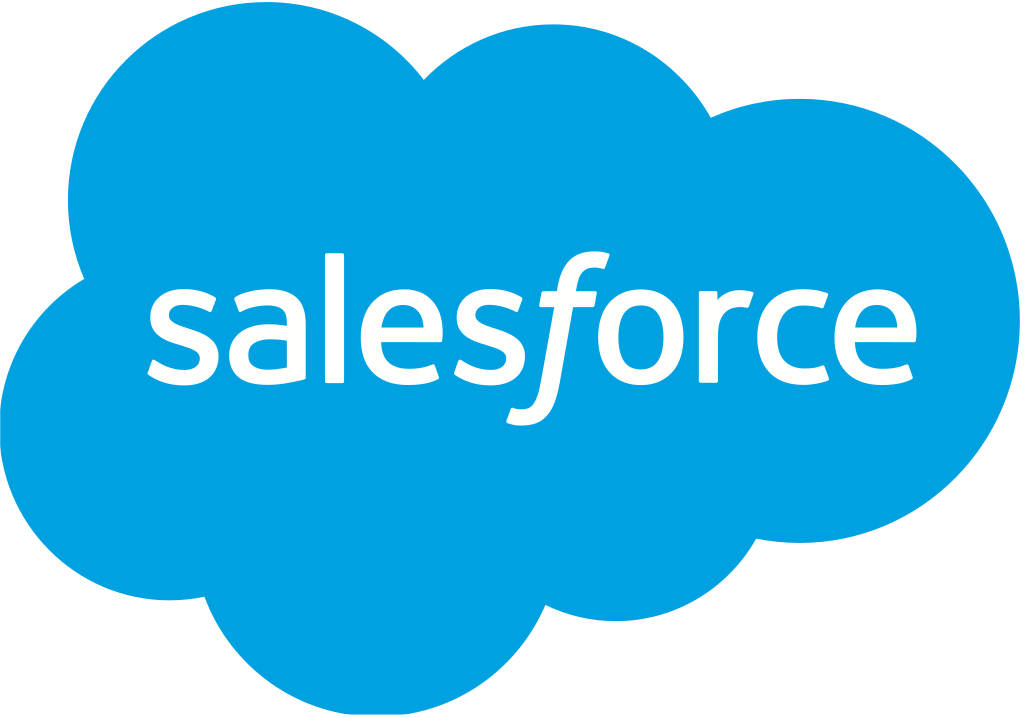Introduction
A CRM is supposed to give you clarity, but most of the time it just creates confusion. Marketing and sales often work in different views, use different definitions, and end up with data that doesn’t match. That slows everything down.
In this playbook, I’ll show you how to set up your CRM so both teams can work together more effectively. We’ll look at how to structure lifecycle stages, score leads, route them to the right owner, and keep the data clean enough to trust.
I’ll use HubSpot as the example throughout, but nearly everything here applies no matter what CRM you use. The goal is to help you build a system that reflects reality, supports your growth engine, and gets out of your team’s way.
If you’ve ever hesitated to open your CRM because it’s messy or unclear, this playbook will help you fix that. It’s a clean, step-by-step way to turn your CRM into something your team actually uses.
Chapters
Define your pipeline stages
Clarify what each stage in your sales pipeline means so everyone works from the same structure.
Separate leads from deals
Don’t treat every inbound contact as a deal. Separate leads from pipeline so you can focus your efforts.
Tools
Go to toolsBooks
Go to booksWiki articles
Go to wikiFurther reading
Start with the way your sales team already works, not with feature lists. A CRM must fit seamlessly into the daily rhythm or it will gather dust.
Workflow fit
Map the exact hand-offs from marketing to sales to delivery. Check that the CRM mirrors those stages out of the box or can be renamed easily. Avoid tools that need heavy custom fields or external plug-ins on day one.
Adoption friction
Salespeople hate double entry. Look for one-click email sync, automatic call logging and mobile apps that surface today’s tasks without digging. Book a live demo and measure how many clicks it takes to save a new contact, move a deal and send a quote.
Reporting clarity
Dashboards must answer three questions: what is in the pipeline, what is likely to close and what is stuck. Insist on funnel conversion reports by default. If you need spreadsheet exports or a data warehouse to see basic ratios, keep shopping.
Integration depth
List every tool that already holds prospect data—landing-page builder, webinar platform, billing system—and test the native integrations, not the marketing copy. A flaky sync now becomes a support nightmare later.
Total cost over three years
Seat price is only the start. Add mandatory add-ons, storage, customer-success packages and the value of internal time spent on maintenance. A pricier but turnkey platform often beats a cheaper system that needs constant patching.
When a CRM matches your workflow, your team updates it without thinking, data stays clean and forecasting becomes dependable. Use the factors above as a checklist and you will land on a platform that grows with your funnel instead of holding it back.
What is a CRM?
A customer-relationship management system stores every contact, note, and deal stage in one place. It replaces ad-hoc spreadsheets and scattered e-mails with a single timeline each rep and marketer can trust. I have written a detailed explanation in What is a CRM?.
Why do growth teams need one?
Speed and accuracy decide who wins a competitive market. A CRM keeps information current across sales, marketing, and success, so nobody chases the same lead twice or lets a renewal lapse. Automated reminders prompt follow-ups, and shared dashboards show pipeline health without exporting data. The time saved on admin goes straight into higher-value conversations.
When should you move from spreadsheets?
The moment opportunities exceed what a single tab can hold—usually around two dozen active deals—manual updates start slipping. Missed fields lead to stale forecasts and clashing calls. A lightweight CRM takes less than an afternoon to set up and scales well past the first sales hire, saving a messy migration later.
Which integrations matter most?
E-mail and calendar sync capture calls and messages automatically, reducing data entry. Marketing automation links feed behaviour scores so reps know which leads to tackle first. Accounting or subscription tools close the loop by pulling revenue back into pipeline reports. Map critical workflows first, then confirm the CRM offers native connectors or reliable API access.
How do you measure return on a CRM?
Track lead-to-opportunity conversion, average deal velocity, and forecast accuracy before and after rollout. If the system shortens cycles or lifts close rates, the licence has paid for itself. Add the hours reclaimed from manual updates, and the cost–benefit case becomes clearer each quarter.
You're ready for growth, but your tool stack isn't.
Growth feels chaotic. You're firefighting because of broken tools and messy data. You need a solid foundation to grow.
.avif)



.png)


